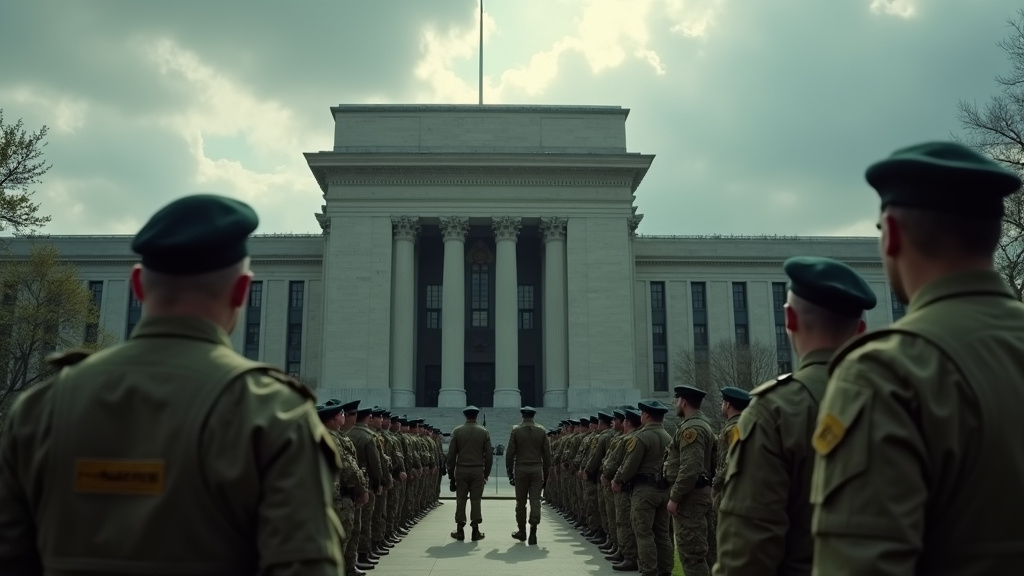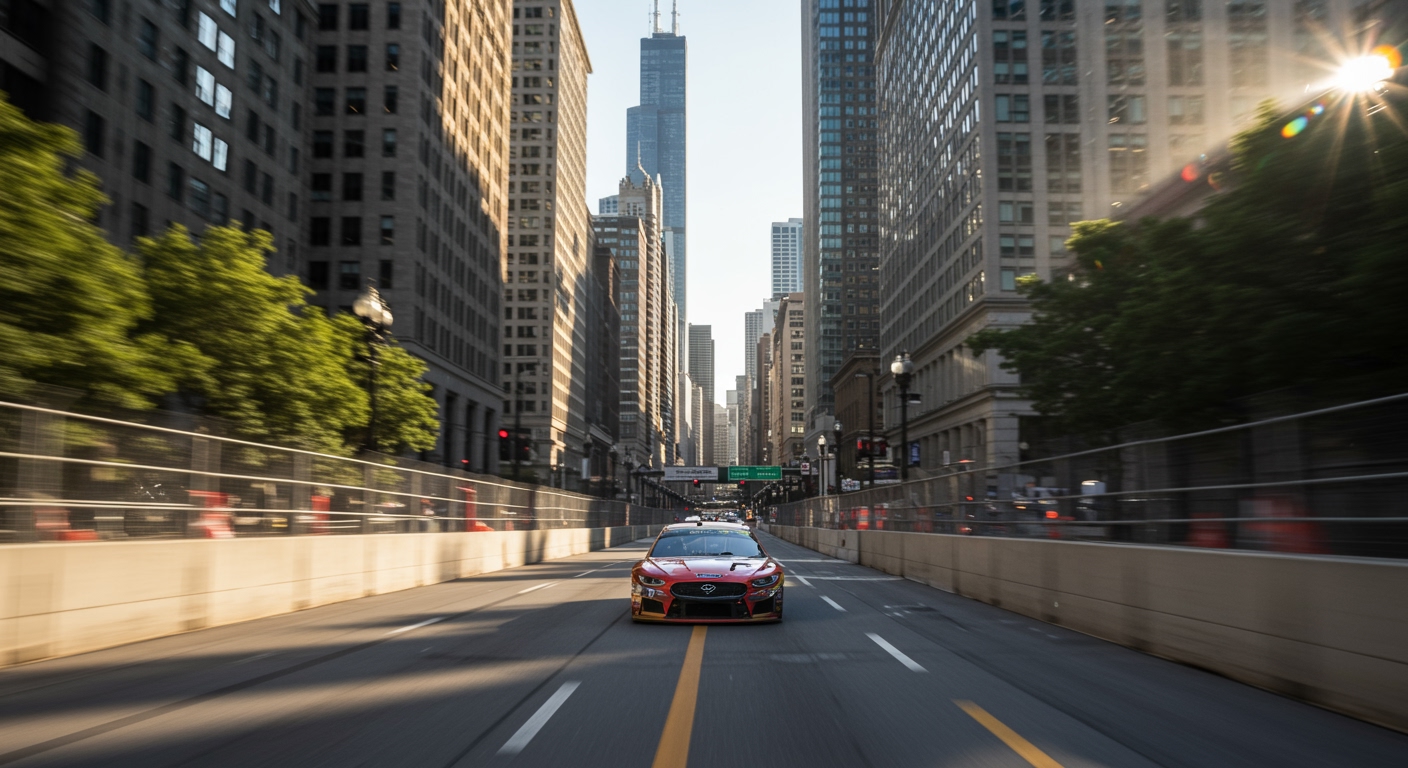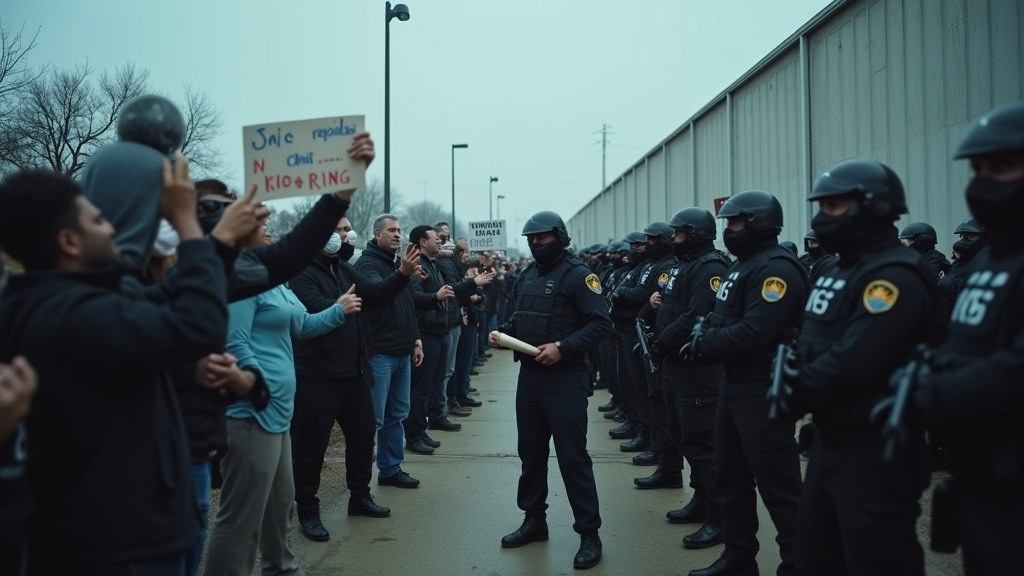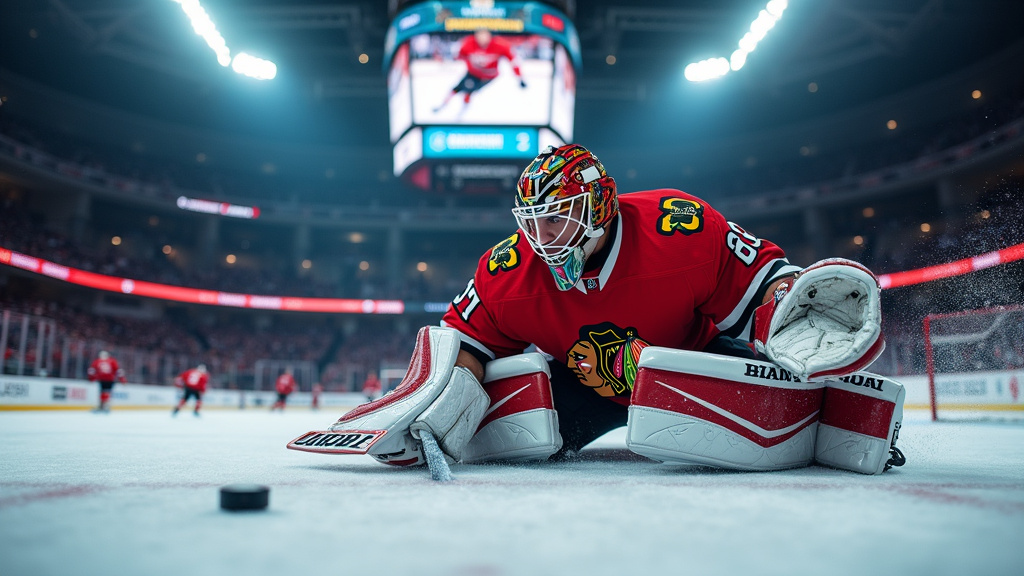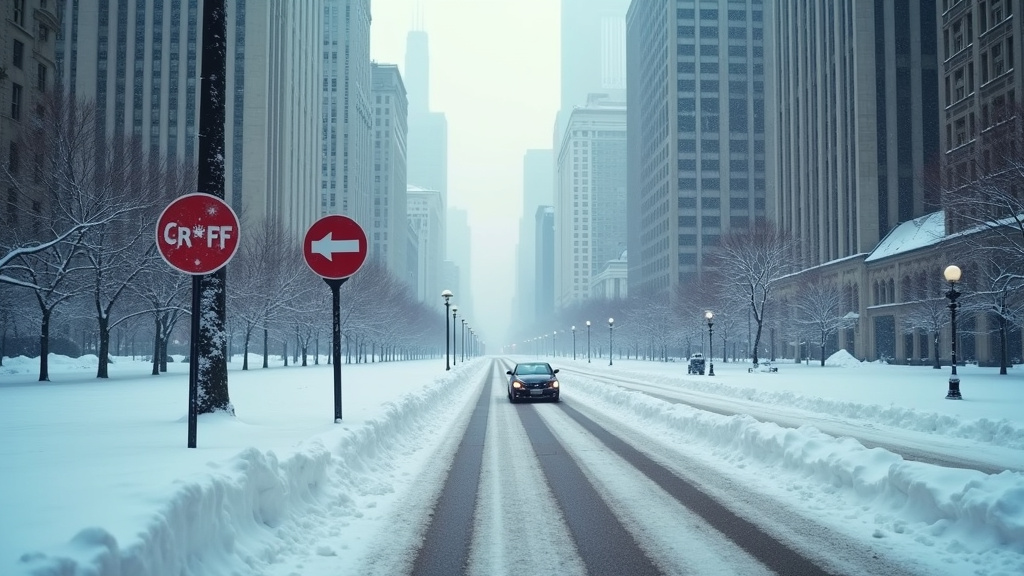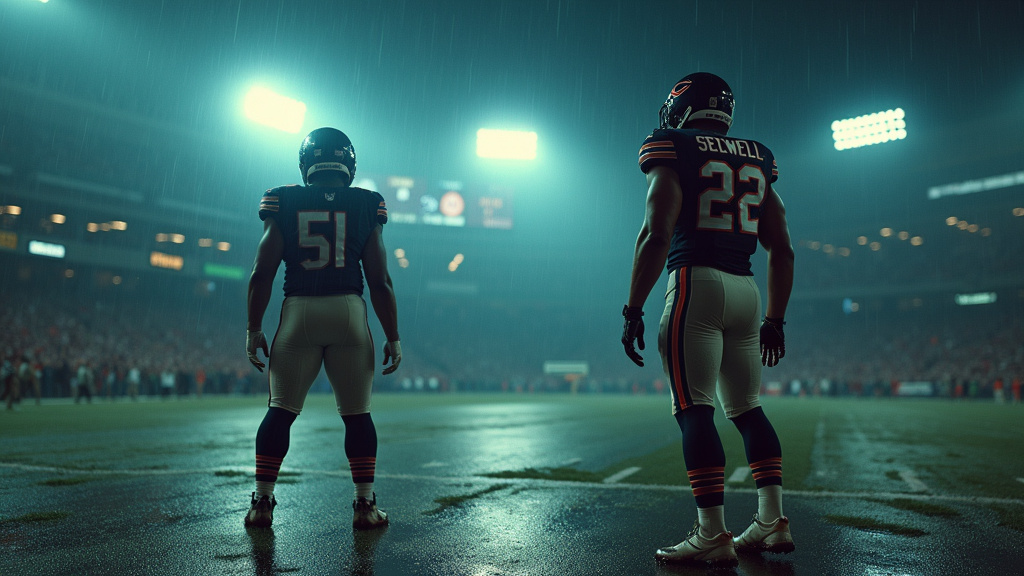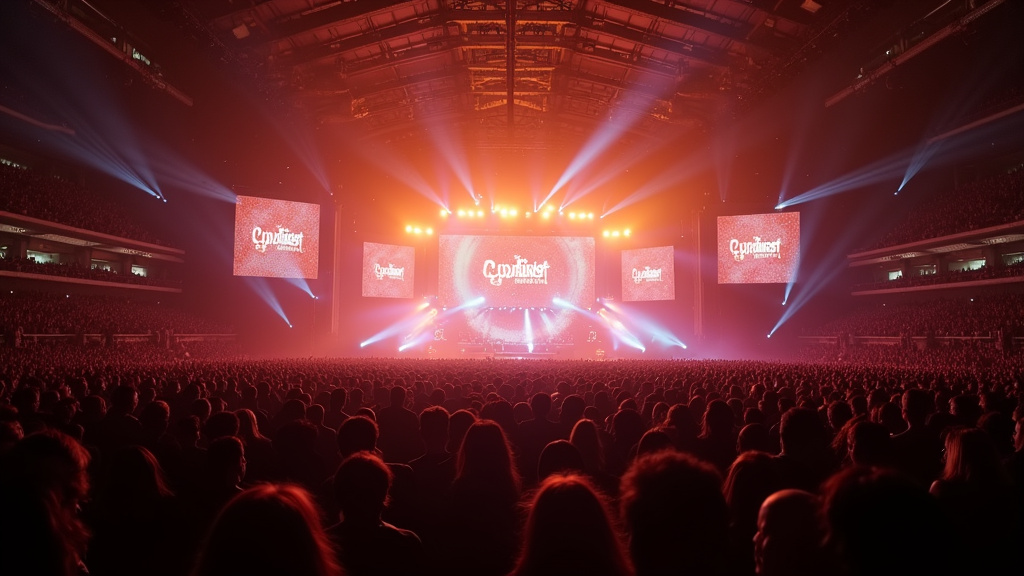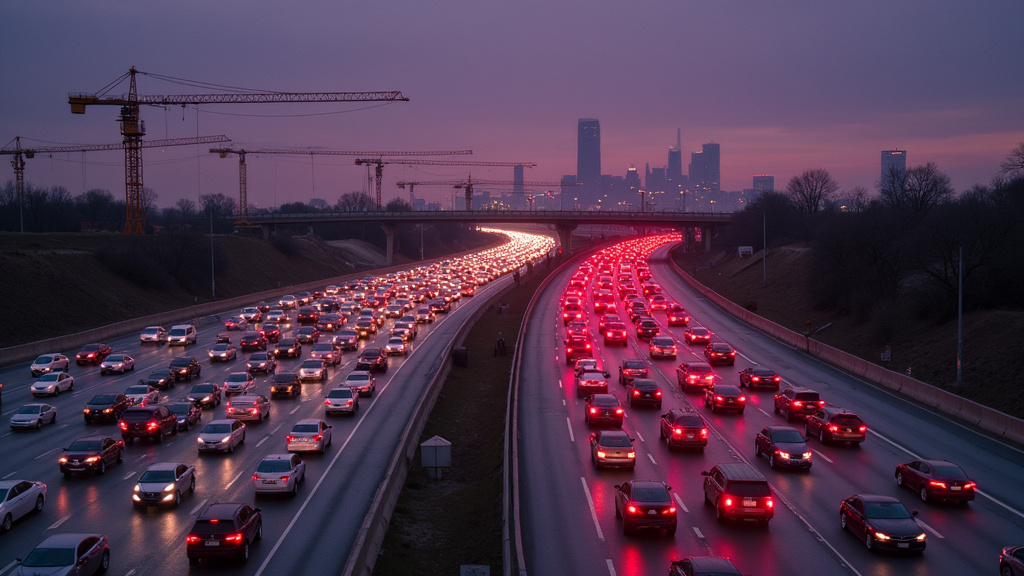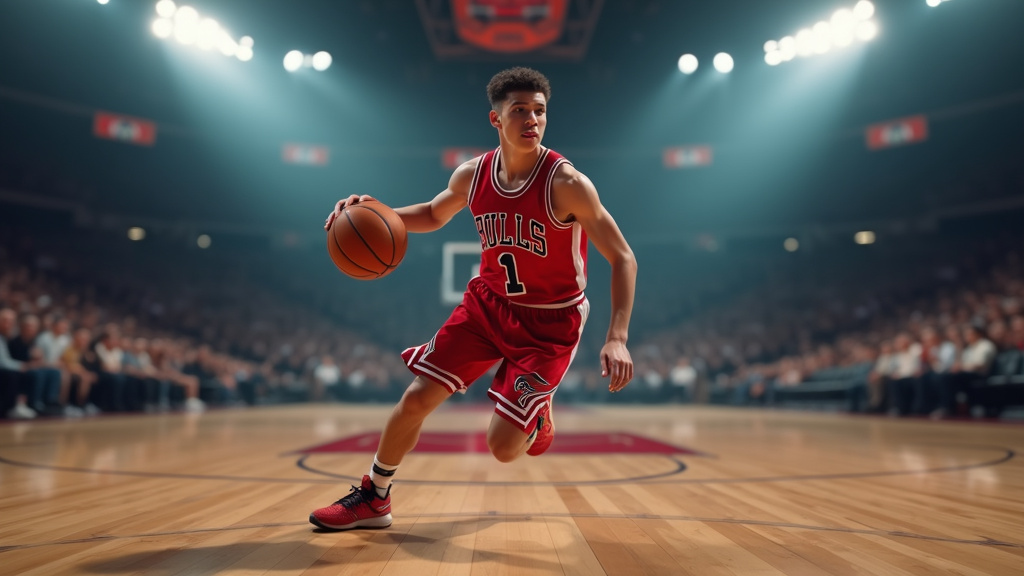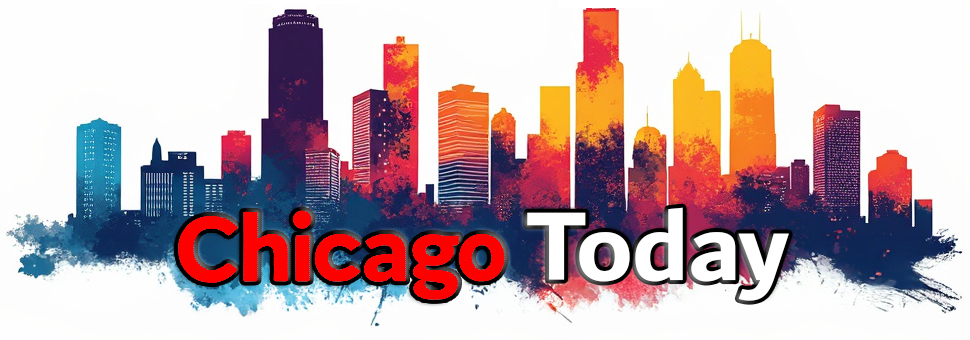CHICAGO, IL – In a significant development for public safety, Chicago has witnessed a remarkable and historic decline in gun violence throughout 2025, with the city reporting approximately 1,200 shooting victims by late August. This figure represents the lowest tally of shooting victims in the city since the mid-1960s, a stark contrast to recent years.
Data analyzed by crime experts indicates that the number of shooting victims has plummeted by an estimated 37% compared to the same period last year and a substantial nearly 60% decrease from 2021, when Chicago experienced a surge in gun violence. The city is also on pace to record just over 400 homicides for the year, a number that has not been seen since 1965.
A Decades-Long Decline in Violence
The current statistics paint a powerful picture of progress. As of late August 2025, around 1,264 individuals have been identified as shooting victims. This represents a significant turnaround from previous years, such as 2021, which saw nearly 5,000 people shot. The trend shows a continuous fall from 2021, a plateau in 2024, and a dramatic plunge in 2025. The decrease in overall violent crime is also notable, with city data showing a 21.6% reduction year-to-date, including a 32.3% drop in homicides and a 37.4% decrease in overall shooting incidents.
Historical Perspective: Lowest Since the 1960s
This year’s figures place Chicago on a path to potentially record its fewest homicides since 1965. While the exact number of shooting victims for the entire year is still being tallied, preliminary data suggests it will be the lowest total in over six decades. This stands in stark contrast to the city’s history, which saw homicide counts peak in 1974 and again in 1992, with yearly averages between 1968 and 2000 far exceeding the current pace. The significant reduction in violence is a testament to ongoing efforts, though experts caution that the problem is far from solved.
Nuances and Expert Commentary
While celebrating this positive trend, experts like crime data analyst Jeff Asher emphasize the need for continued focus. “Acknowledging a modern low this year in Chicago does not mean the problem is no longer serious or is solved, but one can still appreciate a positive development that should be understood and learned from to enhance future policy efforts,” Asher stated. He further noted that the reasons for this sharp decline remain unclear, making it difficult to predict if the trend will sustain itself.
The Growing Deadliness of Shootings
Despite the overall reduction in victim numbers, a concerning trend persists: shootings have become deadlier. Over the past two decades, the proportion of shooting victims who die from their injuries has increased. In 2010, approximately 12% of shooting victims succumbed to their wounds, a figure that has risen to nearly 18% by 2025. This increased lethality is often attributed to factors such as the proliferation of high-capacity magazines and firearms modified to fire automatically. The average number of shell casings recovered at shooting scenes has also more than doubled since 2010, indicating that more rounds are being fired in each incident.
Factors Contributing to the Decline
While a single cause for the reduction in gun violence is elusive, a multi-faceted approach appears to be at play. The Chicago Police Department has outlined 2025 goals focused on constitutional policing, effective resource allocation, and enhanced community engagement. Mayor Brandon Johnson’s administration has doubled the number of mental health professionals responding to crisis calls, expanded youth summer employment by 47%, and fostered partnerships with community violence intervention (CVI) groups. Programs like the “Peacekeepers,” which deploy trained residents to de-escalate conflicts, have shown significant success, with studies indicating a 41% drop in victimizations within targeted violence hotspots between 2023 and 2024. This collaborative effort between city agencies, community organizations, and grassroots initiatives is widely seen as critical to achieving these positive results.
Persistent Disparities and Future Outlook
Despite the encouraging news, disparities persist. Black Chicagoans continue to be disproportionately affected by gun violence, making up roughly 78% of victims since 2010, despite comprising only about 28% of the city’s population. Neighborhoods on the city’s South and West Sides, in particular, continue to bear a heavy burden. As the city looks towards the remainder of 2025 and beyond, the focus remains on sustaining these gains and addressing the root causes of violence, including poverty, educational inequity, and access to mental health resources. The news of Chicago’s declining gun violence is a trending topic, highlighting the ongoing challenges and successes in the city’s pursuit of safety.
The significant drop in gun violence this year offers a hopeful outlook for Chicago, underscoring the impact of targeted strategies and community involvement. This substantial reduction, the most significant in decades, provides valuable lessons for the city and other urban centers grappling with similar issues, even as the work to ensure lasting peace continues.


